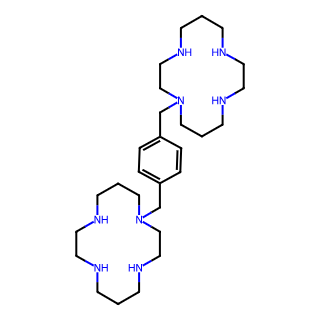- Synthetic anti-infective drugs
- Medications for the digestive system
- Antipyretic and analgesic drugs
- Medications for the blood system
- Medications for the respiratory system
- Anti-allergic drugs
- Medications for the urinary system
- Diagnostic medications
- Immunosuppressive and immunomodulatory drugs
- Vitamins and mineral supplements
- Antioxidants and medications for osteoporosis
- Antiparasitic drugs
- Ophthalmic medications
- Amino acids and their derivatives
- Dermatological medications
- Medications for the circulatory system
- Antitumor drugs
- Medications for the nervous system
- Hormonal and endocrine function-regulating drugs
- Antibiotics
- Others
CAS Number: 75607-67-9




I. Basic Information
Product Name: Fludarabine Phosphate
CAS Number: 75607-67-9
Molecular Formula: C10H13FN5O7P
Molecular Weight: 365.212 (or 365.2117)
Density: 2.39 g/cm3 (or 2.4 ± 0.1 g/cm3)
Boiling Point: 864.2°C at 760 mmHg
Melting Point: 203°C (dec.)
Flash Point: 476.4 ± 37.1°C
Appearance and Physical State: White to nearly white powder or crystals; lyophilized powder is white.
II. Physical and Chemical Properties
Solubility: Slightly soluble in water (actual solubility in water is 8.9 g/l at 20°C), easily soluble in dimethylformamide, insoluble in ethanol and ether. Solubility in DMSO is 80 mg/mL at 25°C (requires ultrasonication).
Storage Conditions: Should be stored under an inert gas atmosphere to avoid moisture (hygroscopic). Powder form can be stored for 3 years at -20°C and 2 years at 4°C.
III. Pharmaceutical Properties
Drug Type: Chemical drug, active pharmaceutical ingredient (API), anticancer drug.
Indications: Primarily used for the treatment of patients with B-cell chronic lymphocytic leukemia (CLL) who have not responded to or whose disease has progressed during or after treatment with at least one standard alkylating agent regimen. Also used for the treatment of leukemia and lymphoma, but has limited efficacy in solid tumors such as breast cancer, colon cancer, non-small cell lung cancer, and head and neck cancer.
Mechanism of Action: Fludarabine Phosphate is rapidly dephosphorylated in vivo to 2F-ara-A, which is taken up by cells and phosphorylated by deoxycytidine kinase to the active triphosphate 2F-ara-ATP. This metabolite inhibits DNA synthesis by inhibiting the activity of ribonucleotide reductase, DNA polymerase, DNA primase, and DNA ligase. It also partially inhibits the activity of RNA polymerase II, reducing protein synthesis.
Dosage and Administration: Typically administered intravenously. The recommended dosage is 25 mg/m² body surface area, administered as a continuous intravenous infusion for 5 days every 28 days.
Adverse Reactions: The most common adverse reactions include myelosuppression (such as leukopenia, thrombocytopenia, and anemia), fever, chills, and infections. Other adverse reactions include edema, malaise, fatigue, peripheral neuropathy, visual disturbances, anorexia, nausea, vomiting, diarrhea, gastritis, and skin erythema. Severe adverse reactions may lead to opportunistic infections and even death.

Tai Yau Street, San Po Kong, Kowloon, Hong Kong, China.



